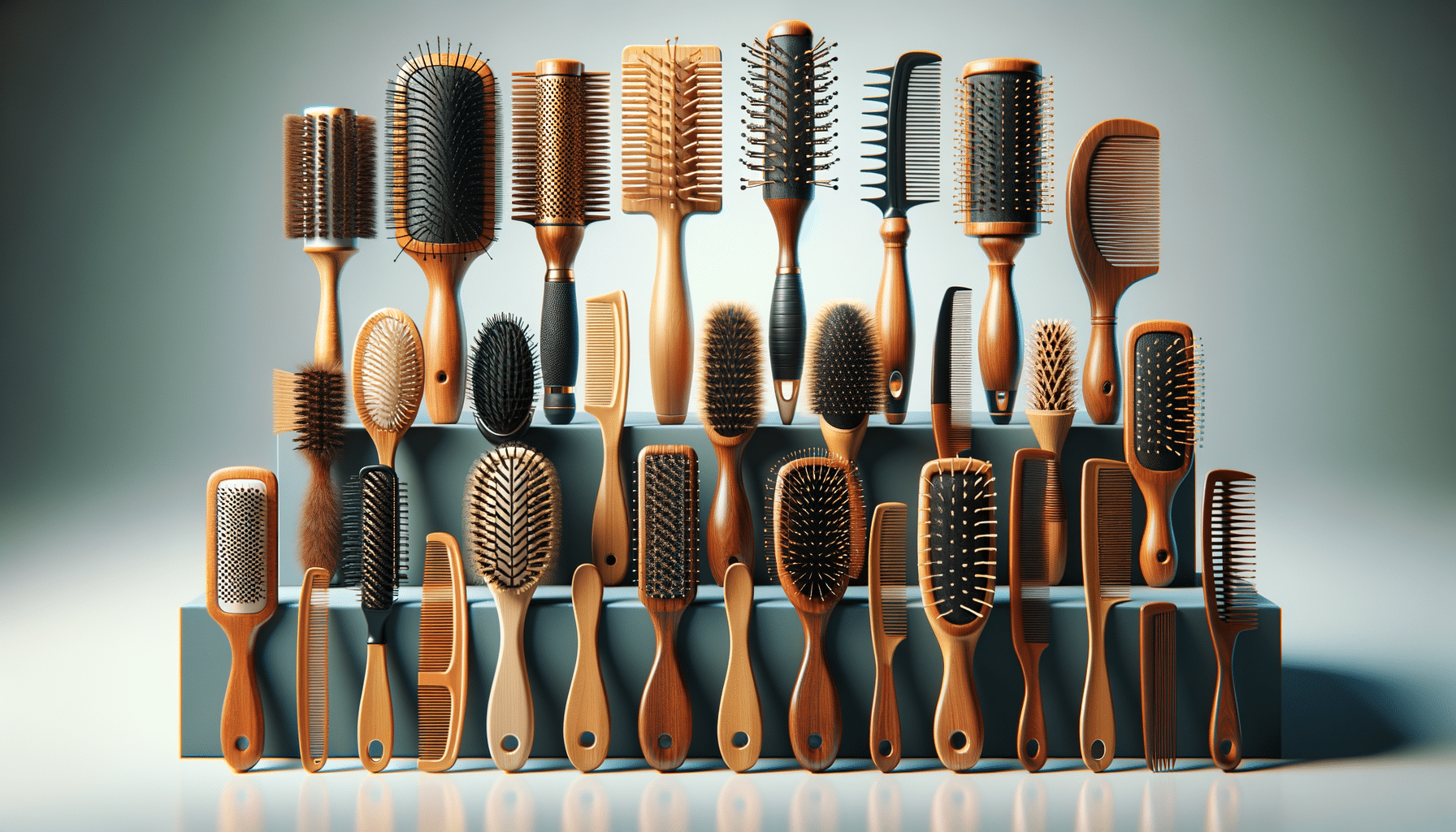
Exploring the World of Hair Brushes: A Guide to Choosing the Right Tool for Your Hair
Introduction to Hair Brushes
Hair brushes are a staple in our daily grooming routines, yet their significance often goes unnoticed. The right hair brush can transform your hair care regimen, enhancing the health and appearance of your hair. Whether you’re looking to detangle, smooth, or style, understanding the different types of hair brushes available can help you make informed choices for your hair’s unique needs.
Types of Hair Brushes and Their Uses
Hair brushes come in various shapes and sizes, each designed for specific purposes. Here are some common types:
- Paddle Brush: Ideal for detangling and smoothing long, straight hair.
- Round Brush: Perfect for adding volume and curls during blow-drying.
- Vent Brush: Designed for quick drying, allowing air to flow through the brush.
- Teasing Brush: Used for creating volume and backcombing.
Choosing the right brush depends on your hair type and styling goals. For instance, a round brush can help create bouncy curls, while a paddle brush is excellent for achieving a sleek, straight look.
Materials Matter: Bristles and Handles
The materials used in hair brushes can significantly impact their effectiveness and how they interact with your hair. Bristles can be made from natural materials like boar hair or synthetic materials such as nylon. Boar bristles are gentle and help distribute natural oils, making them suitable for fine hair. Nylon bristles, on the other hand, are more durable and effective for detangling thicker hair.
The handle material also plays a role in the brush’s usability. Wooden handles offer a comfortable grip and a natural aesthetic, while plastic handles are lightweight and easy to clean. Consider what feels best in your hand and what suits your hair care routine.
Choosing the Right Brush for Your Hair Type
Not all hair brushes are created equal, and selecting the right one for your hair type can make a world of difference. For fine hair, a brush with soft, natural bristles can prevent breakage and add shine. Thick or curly hair might benefit from a brush with widely spaced, sturdy bristles that can navigate tangles without causing damage.
It’s also important to consider the length of your hair. Long hair often requires a larger brush to cover more surface area, while short hair can be styled effectively with smaller brushes.
Maintaining and Cleaning Your Hair Brushes
To ensure your hair brushes remain effective and hygienic, regular cleaning is essential. Hair, product buildup, and oils can accumulate over time, reducing the brush’s performance. To clean your brush, remove hair strands, then wash the bristles with warm water and mild shampoo. Allow the brush to dry thoroughly before using it again.
Proper maintenance not only extends the life of your brush but also ensures that your hair remains healthy and vibrant. Consider replacing your brush if the bristles become worn or damaged, as this can affect its ability to style and care for your hair effectively.
Conclusion: Finding Your Perfect Hair Brush
Choosing the right hair brush is more than just a matter of preference; it’s about finding a tool that complements your hair type and styling needs. By understanding the different types of brushes and their intended uses, you can enhance your hair care routine and achieve the desired look with ease. Remember, a well-chosen hair brush is an investment in the health and beauty of your hair.